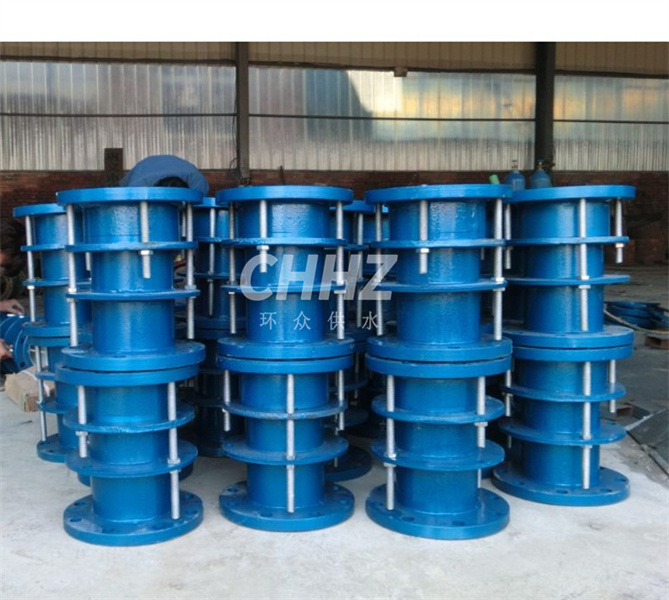Double Flange Limit Expansion Joint Connection.
Double Flange Limit Expansion Joint Connection. A double flange limit expansion joint connection is a specific type of joint used piping systems to accommodate thermal expansion while maintaining a rigid connection. In this article, we will explore the features and benefits of a double flange limit expansion joint connection.
The primary purpose of a double flange limit expansion joint connection is to provide flexibility in piping systems and allow for thermal expansion and contraction. When exposed to temperature changes, pipes can expand or contract, which can result in stress buildup and potential damage to the system. The double flange limit expansion joint connection offers a solution by absorbing the thermal movements and reducing the stress on the pipes.
The design of a double flange limit expansion joint connection consists of two flanged ends and an expansion bellows in the middle. The flanged ends are connected to the adjacent pipes, while the expansion bellows provides the needed flexibility. The bellows is typically constructed from materials with high elasticity, such as stainless steel, and is designed to withstand the pressure and temperature conditions of the system.
One of the key advantages of a double flange limit expansion joint connection is its ability to control and limit the expansion and contraction of the pipes within a specific range. This ensures that the system remains stable and prevents excessive stress on the piping components. By allowing controlled movement, the joint connection protects the pipes from potential damage and extends the life of the system.
Another benefit of a double flange limit expansion joint connection is its versatility in accommodating various pipe sizes and materials. This makes it suitable for a wide range of applications, including HVAC systems, industrial processes, and power plants. The joint connection can be customized to fit specific project requirements, allowing for flexibility in system design and installation.
Installation and maintenance of a double flange limit expansion joint connection require proper procedures to ensure optimal performance. During installation, it is crucial to properly align the flanged ends with the adjacent pipes and secure them with appropriate bolts and gaskets. Regular inspection and maintenance are necessary to detect any signs of wear or damage to the expansion bellows, ensuring that it remains in good condition and functions effectively.
In conclusion, a double flange limit expansion joint connection is a vital component in piping systems to accommodate thermal expansion while maintaining a rigid connection. Its ability to control and limit the movement of pipes, its versatility in fitting various pipe sizes and materials, and its role in protecting the system from stress buildup make it a preferred choice in many applications. By following proper installation and maintenance practices, operators can ensure the longevity and reliability of their piping systems, contributing to overall efficiency and safety.
